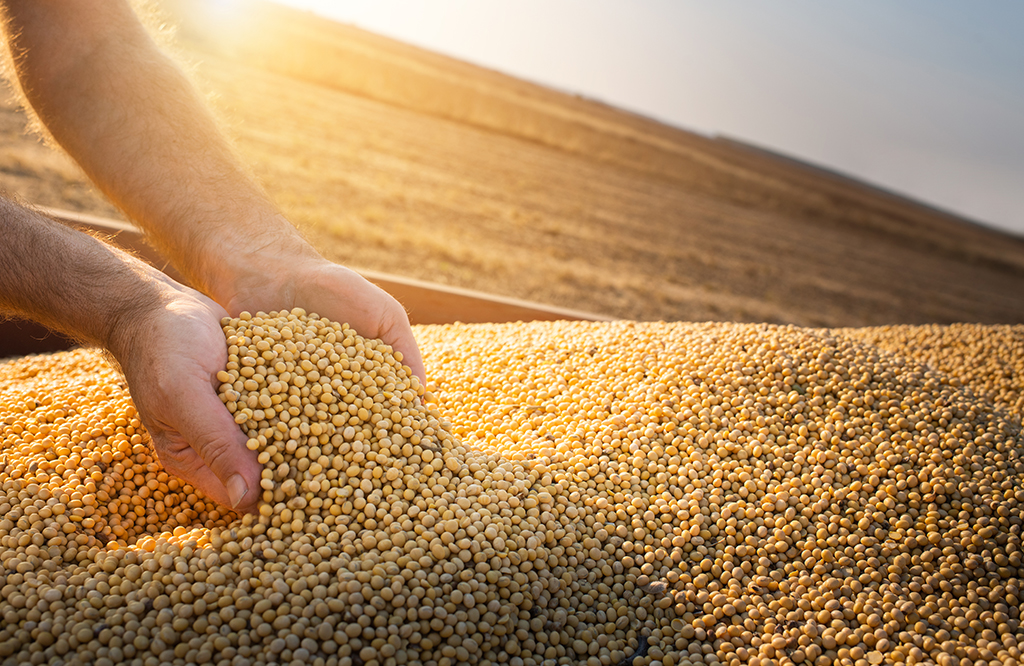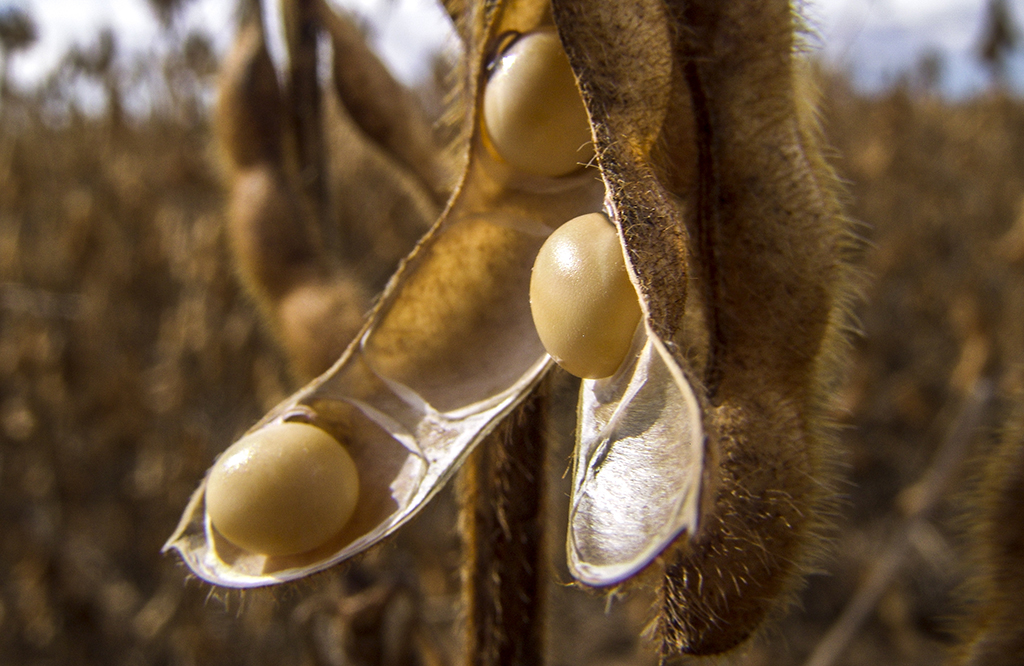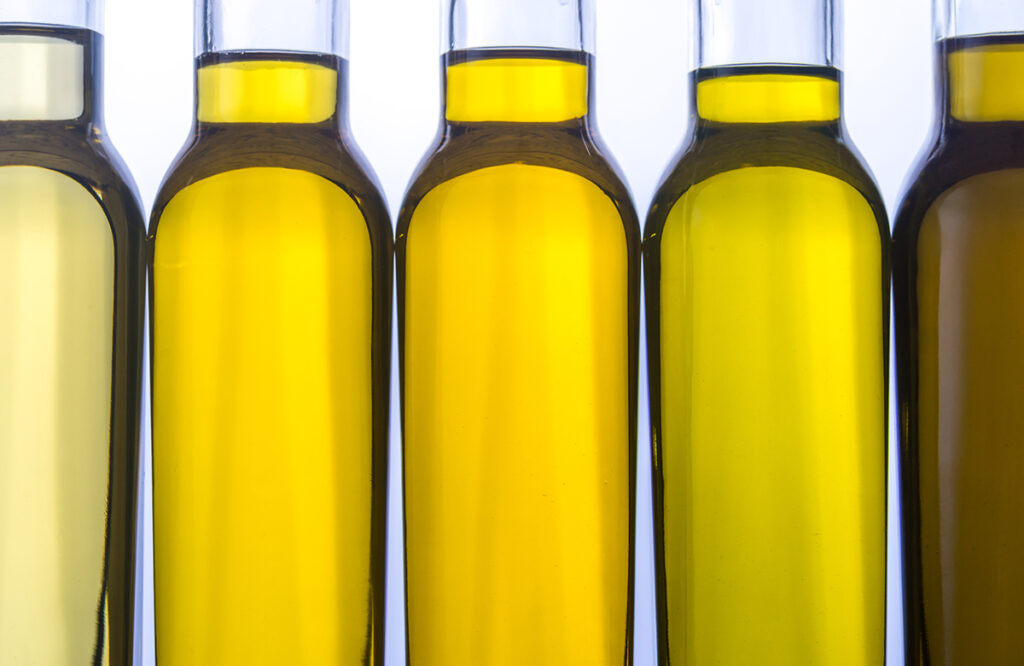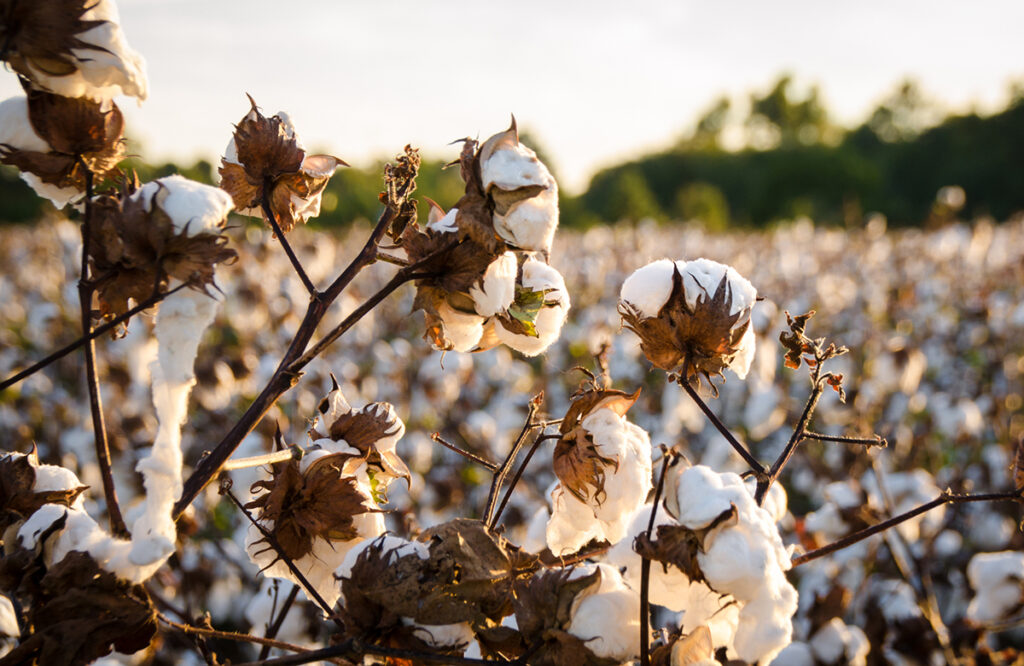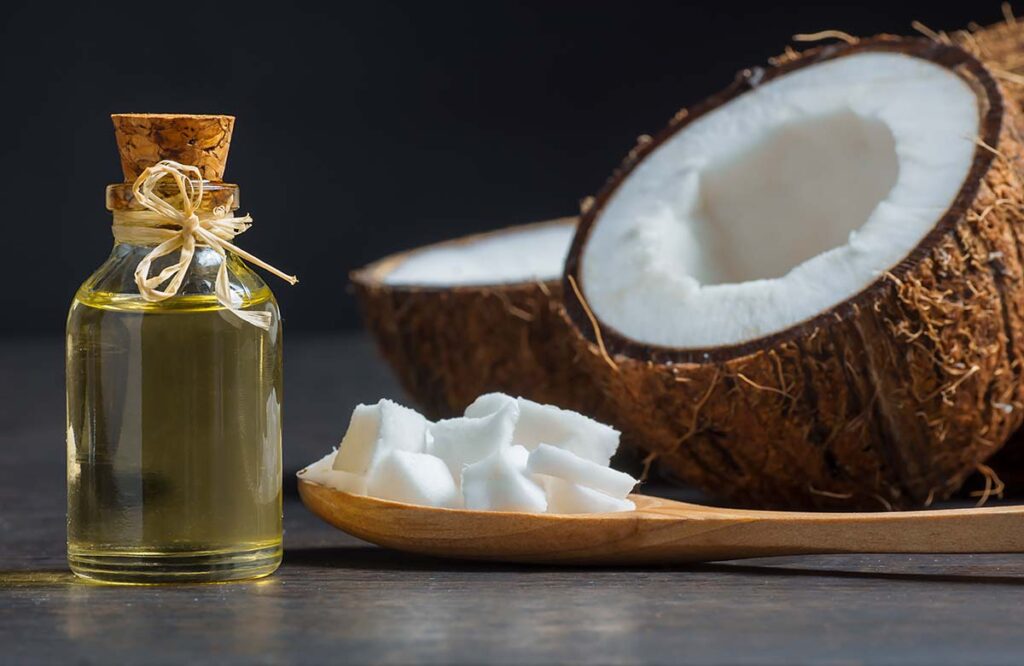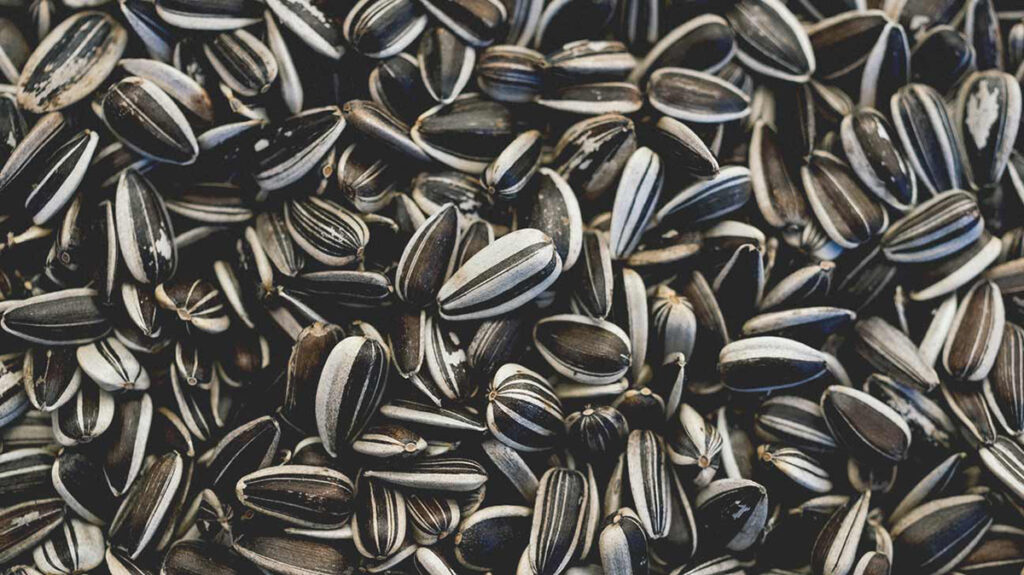Sticks and stones may not break your bones, but they can certainly wreak havoc on an oil seed processing plant. No matter what material you process or which market you serve, the quality of the seeds you crush determines the quality of the oil and other byproducts. Foreign objects can impede this process and degrade…
The Economics of Oil Seed Cleaning
